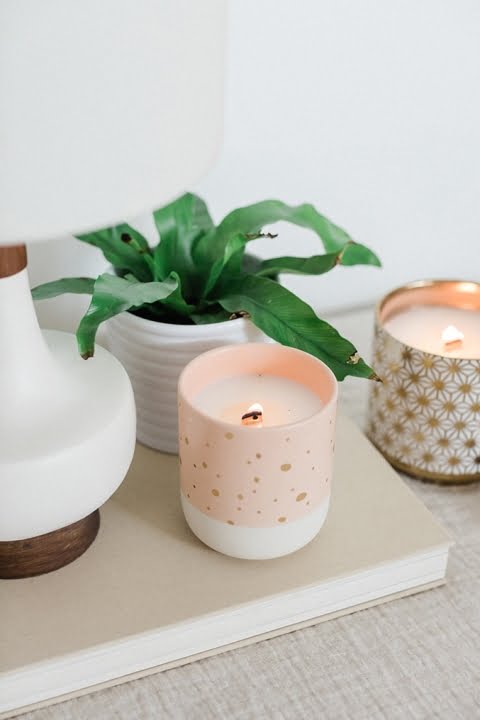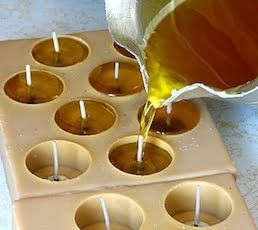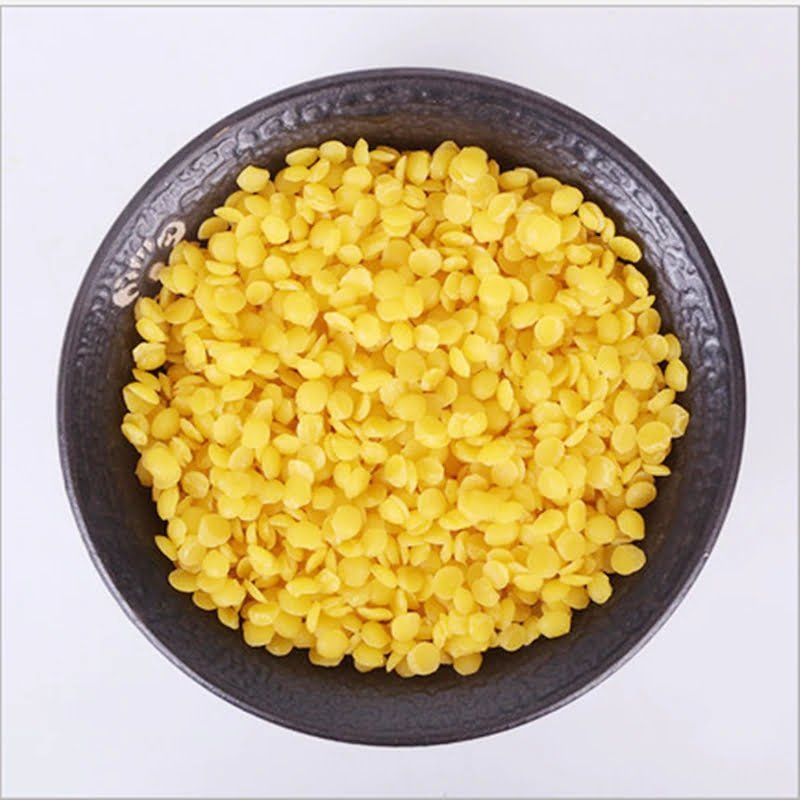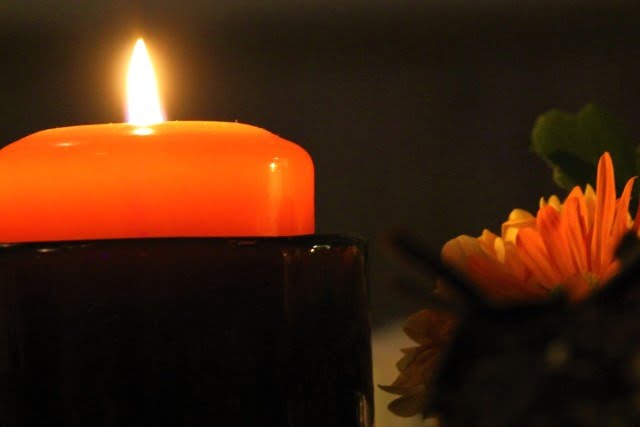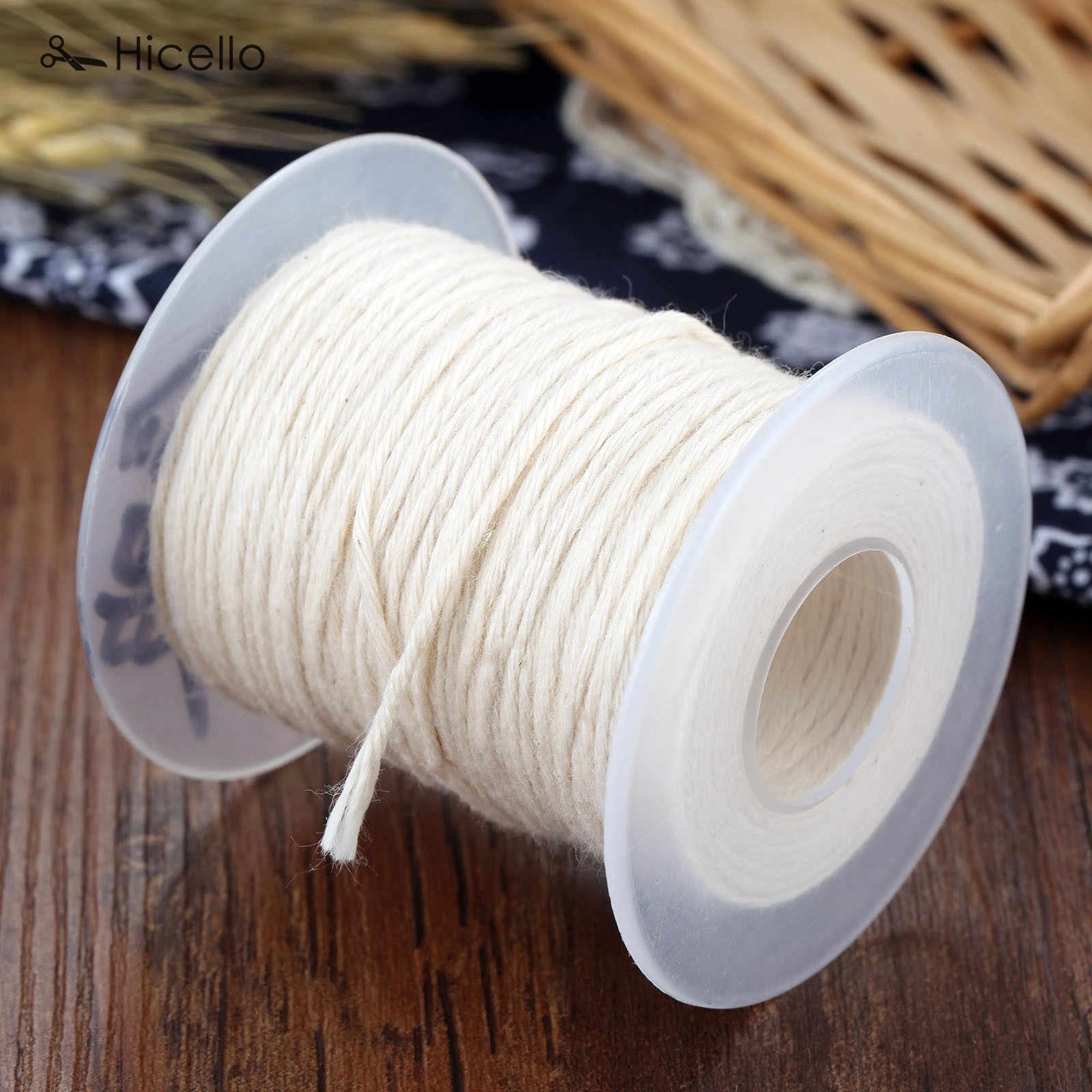What are the best scents for candle making? The choice of scent is a critical aspect of candle making, as it can significantly impact the ambiance of a space. The right scent can evoke emotions and create a welcoming atmosphere. In this article, we will explore the importance of scent selection in candle making and learn how to choose the perfect fragrance for different purposes.
When it comes to creating candles, choosing the right scent is essential for enhancing the overall experience. Whether you are crafting candles for relaxation, romance, or a festive celebration, the scent plays a key role in setting the mood. Understanding fragrance notes and categories is crucial in selecting the perfect fragrance for your candles. From floral and citrus to woody and musky scents, each fragrance family has its unique characteristics that can enhance different spaces and moods.
In addition to exploring the various fragrance families, we will also delve into the top 10 best-scented oils for candle making. Each scent will be thoroughly described along with its ability to complement different spaces and create specific atmospheres.
Moreover, we will discuss using essential oils for natural scented candles, customizing scent combinations for unique creations, finding inspiration from seasonal and trending candle scents, as well as ensuring scent safety and testing for high-quality candles. Join us on this fragrant journey through the art of candle making.
Understanding Fragrance Notes and Categories
When it comes to candle making, choosing the right scent is essential for creating a beautiful and inviting ambiance. Understanding fragrance notes and categories can help you make informed decisions about which scents to use in your candles. Fragrance notes refer to the different components of a scent, while fragrance categories are broader classifications that group similar scents together.
Fragrance Families
There are several fragrance families, each with its own distinctive characteristics. Some common fragrance families include floral, citrus, fruity, woody, spicy, and earthy. Floral scents are often associated with freshness and femininity, while citrus scents are known for their uplifting and energizing properties. Woody fragrances tend to evoke warmth and depth, while spicy scents add a sense of exoticism. Understanding these different fragrance families can help you choose the right scent based on the purpose of your candle.
Choosing the Right Fragrance Note
When selecting a fragrance note for your candle, it’s important to consider the intended use of the candle. For example, if you’re creating a relaxing candle for use in a bedroom or spa setting, you might opt for soothing lavender or chamomile notes.
On the other hand, if you’re making a lively and refreshing candle for a kitchen or living space, citrus or herbal notes could be more suitable. Understanding how different fragrance notes contribute to the overall mood and purpose of your candles is crucial in creating an enjoyable sensory experience for users.
The Best Scents for Candle Making
So what are the best scents for candle making? The answer ultimately depends on personal preference and the intended use of the candle. However, popular choices often include classics such as vanilla, lavender, rose, sandalwood, citrus blends, and clean cotton scents.
Each of these scents offers its own unique qualities that can complement different spaces and moods. Whether you’re aiming to create a cozy atmosphere at home or looking to add elegance to an event space, understanding fragrance notes and categories is key to selecting the best scents for your candle making endeavors.
Top 10 Best Scented Oils for Candle Making
When it comes to creating the perfect scented candles, selecting the right oils is crucial. The choice of fragrance can significantly enhance the ambiance of a space and set the mood for relaxation, rejuvenation, or celebration. With so many options available, it’s essential to understand the best scents for candle making to achieve the desired effect.
Here are the top 10 best scented oils for candle making:
1. Lavender: Known for its calming and soothing properties, lavender is perfect for creating a relaxing atmosphere in bedrooms or spa spaces.
2. Vanilla: A classic scent that adds warmth and comfort to any room, making it ideal for cozy evenings at home.
3. Citrus: Whether it’s lemon, orange, or grapefruit, citrus scents are refreshing and invigorating, ideal for awakening spaces like kitchens or bathrooms.
4. Sandalwood: With its earthy and woody aroma, sandalwood is perfect for creating a grounding and meditative atmosphere in living areas.
5. Jasmine: This floral scent is known for its romantic and uplifting qualities, making it ideal for setting a serene mood in bedrooms or during self-care routines.
Whether you’re aiming to promote relaxation, boost energy, or create a romantic ambiance, these top 10 scents provide a diverse range of options to suit different spaces and moods. Experimenting with these scents can help you find the perfect combination to elevate your candle-making experience.
Using Essential Oils for Natural Scented Candles
When it comes to making scented candles, using essential oils can be a game changer. Not only do they offer natural and pure fragrance, but they also provide therapeutic benefits. Essential oils are derived from plants, flowers, and fruits, making them a popular choice for those seeking a more natural approach to candle making. Here are some of the best essential oils to use for different types of candles:
- Lavender: Known for its calming and relaxing properties, lavender essential oil is perfect for creating a soothing atmosphere in the bedroom or during meditation sessions.
- Peppermint: With its invigorating and refreshing scent, peppermint essential oil is ideal for energizing and uplifting spaces such as home offices or workout areas.
- Lemon: For a bright and cheerful ambiance, lemon essential oil is a great choice. It can help create an uplifting atmosphere in kitchens or living rooms.
In addition to their aromatic qualities, essential oils also offer various health benefits when used in candles. They can help purify the air, promote relaxation, and even alleviate stress and anxiety. When combined with natural waxes like soy or beeswax, essential oils produce clean-burning candles that are free from synthetic fragrances and harmful chemicals.
As with any scented candle making process, it’s important to properly test the essential oils before creating large batches of candles to ensure both safety and quality. By incorporating essential oils into your candle making endeavors, you can create natural scented candles that not only smell amazing but also provide therapeutic benefits for your well-being.
Customizing Scent Combinations for Unique Candle Creations
When it comes to candle making, choosing the right scent is essential to creating a unique and personalized product. Experimenting with different scent combinations can result in a one-of-a-kind fragrance that sets your candles apart from others on the market. But what are the best scents for candle making and how can they be combined to create something truly special?
One approach to customizing scent combinations is to start by understanding fragrance notes and categories. Different fragrance families, such as floral, citrus, woody, and oriental, offer a wide range of options for creating unique scent blends. For example, combining floral and citrus notes can result in a refreshing and uplifting fragrance, perfect for candles designed to brighten a space.
Another key factor in customizing scent combinations is knowing how different scents interact with each other. Some scents complement each other well, while others may overpower or clash when combined. For instance, blending vanilla with lavender can create a soothing and comforting aroma, ideal for relaxation or meditation spaces. Understanding the characteristics of each scent is crucial in achieving the desired outcome.
Additionally, when customizing scent combinations for candles, it’s important to consider the purpose and mood you want to convey through your product. Whether it’s creating a calming atmosphere for unwinding after a long day or infusing a space with energy and vitality, selecting scents that align with the intended ambiance is vital in creating unique candle creations.
| Scent Combinations | Recommended Use |
|---|---|
| Lavender + Eucalyptus | Relaxation and Stress Relief |
| Citrus + Sage | Uplifting and Invigorating |
| Sandalwood + Vanilla | Warm and Cozy Atmosphere |
Scent Inspiration
When it comes to candle making, the selection of scents plays a crucial role in creating the perfect ambiance for any space. One important aspect to consider is choosing scents based on seasonal and current trends. By understanding what scents are popular during different seasons and what is currently trending in the world of candle making, you can create unique and appealing candles that cater to various preferences.
Choosing Scents Based on Season
Seasonal changes often bring about shifts in people’s fragrance preferences. For example, during the spring and summer months, floral scents such as lavender, jasmine, and rose tend to be popular choices for candles. On the other hand, as the weather gets colder during fall and winter, warm and comforting scents like cinnamon, vanilla, and pine become more appealing. Understanding these seasonal scent preferences can help you tailor your candle creations to align with the changing seasons.
Trending Scents in Candle Making
In addition to seasonal variations, there are also certain scents that become trendy in the world of candle making. Keeping up with these trends can give you valuable insight into what scents are currently popular among consumers. For instance, citrus-based scents have been gaining popularity for their refreshing and uplifting qualities.
Similarly, unconventional scents such as sea salt or leather have been making waves as unique options for creating standout candles. By staying updated on trending scents, you can offer a diverse range of options that appeal to a wider audience.
By being aware of seasonal changes in scent preferences and staying informed about current scent trends, you can ensure that your candle creations are always relevant and attractive to potential buyers. This attention to detail when it comes to scent selection can set your candles apart from others in the market and make them stand out as unique and desirable products for consumers.
Scent Safety and Testing
When it comes to candle making, selecting the right scent is crucial to creating a captivating and pleasant experience for users. The aroma of a candle can significantly impact the ambiance of a space, whether it’s for relaxation, romance, or simply to freshen up a room.
However, it’s important to prioritize safety and quality when choosing scents for candle making. This involves proper testing of the scents to ensure they are suitable for use in candles and won’t pose any risks to users.
Testing scents for candle making is essential to guarantee that the finished product will perform as expected and be safe to use. It’s vital to assess how the scent behaves when mixed with wax and how it affects the candle’s burning characteristics. This includes evaluating aspects such as scent throw (how well the fragrance fills the space when the candle is lit), burn stability, and overall performance.
In addition to performance, safety is a primary concern when testing scents for candle making. Some fragrance oils may contain components that could be hazardous when burned, so thorough testing is necessary to ensure that the final product does not emit harmful substances when used. By prioritizing safety and conducting proper testing, candle makers can provide consumers with high-quality products that they can enjoy with peace of mind.
| Scent Testing | Safety Considerations |
|---|---|
| Assess how the scent behaves when mixed with wax | Evaluate if any components in fragrance oils could be hazardous when burned |
| Evaluate scent throw and burn stability | Ensure that the final product does not emit harmful substances |
Conclusion
In conclusion, the selection of the right scent is a crucial aspect of candle making that should not be overlooked. The scent of a candle can significantly impact the ambiance of a space, making it important to carefully consider fragrance notes and categories when choosing scents for candle making. By understanding fragrance families and top scented oils, individuals can create candles that complement different spaces and moods.
Furthermore, the use of natural essential oils in candle making provides various benefits and allows for customization based on the type of candle being created. Through experimenting with scent combinations, individuals can craft unique personalized candle fragrances that reflect their individual preferences and style.
Ultimately, finding one’s signature scent for candle making is an exciting journey that involves exploration, experimentation, and creativity. With the abundance of seasonal and trending scents available, as well as the ability to customize scent combinations, individuals have endless possibilities to create their perfect candle fragrance. It is important to embrace this creative process and enjoy the journey of discovering one’s own unique scent for candle making.
Frequently Asked Questions
What Is the Most Popular Scent for Candles?
The most popular scent for candles varies depending on personal preferences and trends, but some consistently popular options include vanilla, lavender, citrus, and floral scents like rose or jasmine.
Which Fragrance Is Best for Candles?
The best fragrance for candles ultimately depends on the desired effect and the audience. Warm, comforting scents like vanilla or sandalwood are generally well-loved, while fresh, clean scents like cucumber or linen can also be popular choices.
What Scent to Use for Candle Making?
When making candles, it’s important to consider the purpose of the candle and the preferences of the intended audience. Some popular scents for candle making include fruity options like apple or peach, soothing options like chamomile or eucalyptus, and warm options like cinnamon or amber.
Ultimately, the choice of scent should align with the intended mood or ambiance of the candle.

Welcome to my candle making blog! In this blog, I will be sharing my tips and tricks for making candles. I will also be sharing some of my favorite recipes.

